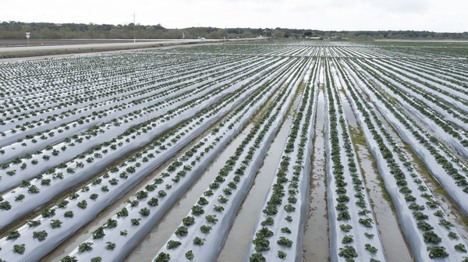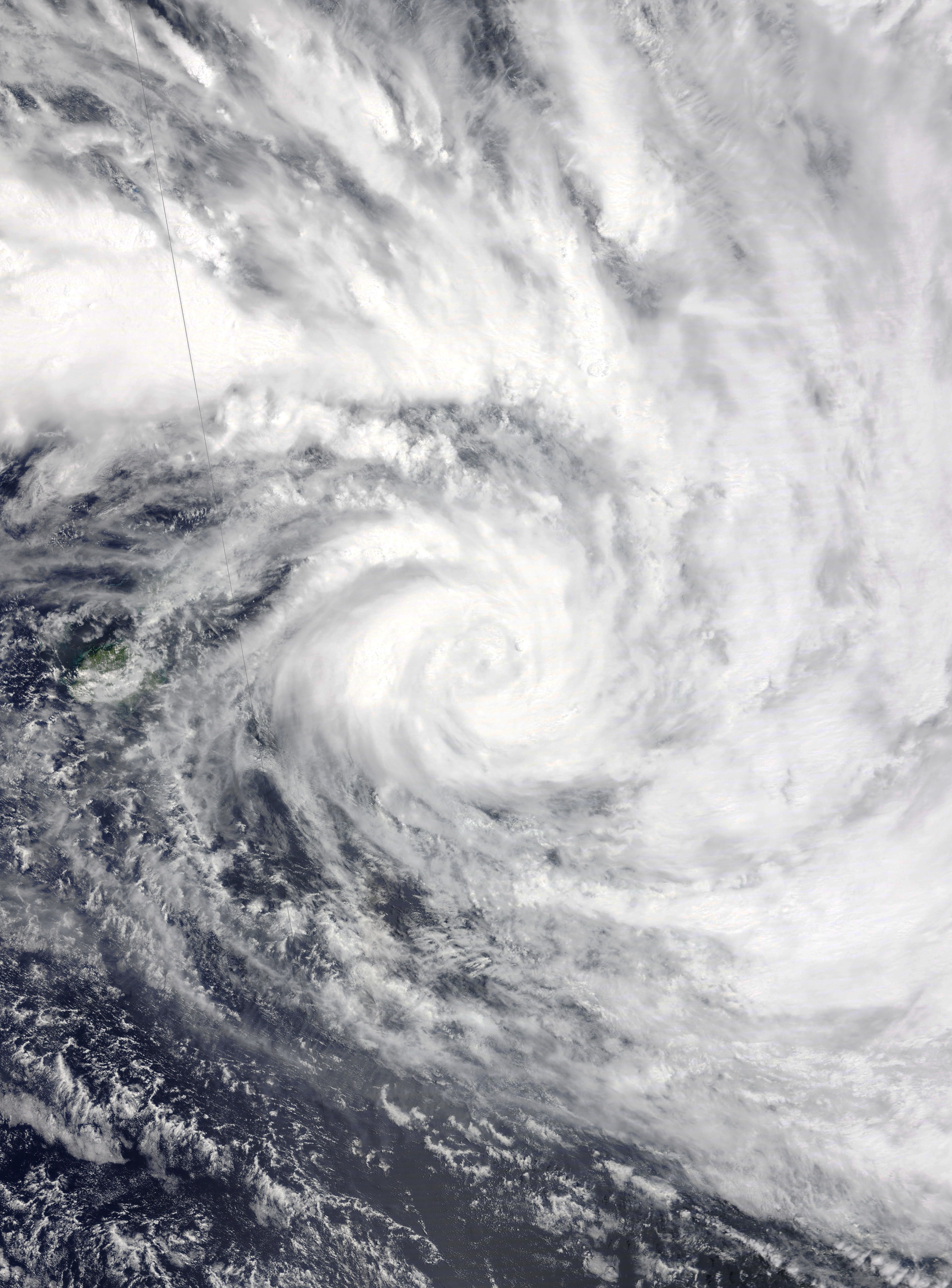The Saskatchewan Crop Insurance Corporation’s average coverage is to hit a record high in 2022, but premiums also are increasing.
The governments of Canada and Saskatchewan on Tuesday announced coverage will reach an average of $405 per acre due to higher commodity prices and increased yield coverage.
That increase of 48 per cent means the average total premium will rise to $12.05 per acre from $8.59 in 2021.
However, the average premium rate is lower because of strong production in the province in 2020. There’s a one-year lag when calculating premium rates, so production in 2021 won’t be used until 2023.
“The resilience and determination that prairie producers have shown through this incredibly challenging year is an inspiration to all Canadians,” federal Agriculture and Agri-Food Minister Marie-Claude Bibeau said in a media release.
“The drought of 2021 demonstrated the value in risk management programs, such as Saskatchewan’s Crop Insurance, to ensure producers have the best coverage to meet their needs.
“I encourage producers to continue to subscribe to government programs and private insurance that will protect their crops against ongoing climate-related challenges.”
Saskatchewan producers dealt with a significant drought in 2021, which damaged not only crops but pasture and hay land as well.
“Producers across the province faced dry conditions and high temperatures causing crops to deteriorate,” Saskatchewan Agriculture Minister David Marit said during a conference call. “Combined with hailstorms, pests and extreme winds in some areas of the province creating further damage, Saskatchewan producers faced a very difficult season.”
Marit said about 30,000 crop insurance claims were made in 2021 compared to a five-year average of 7,800 post-harvest claims.
Jeff Morrow, acting CEO and president of the Saskatchewan Crop Insurance Corporation, said claims for 2021 totalled around $2.4 billion.
Marit said he expects more people to enrol in the program due to recent weather conditions.
A heat adjustment factor has been added to rainfall data used in claim calculations for the Forage and Corn Rainfall Insurance programs.
Now, when temperatures reach 31 C or higher, precipitation amounts are reduced in the “monthly per cent of normal” calculation to address the impact of extreme heat on forage and corn yields.
“Business risk management programs are critical tools for producers to address market volatility and severe weather conditions,” Saskatchewan Stock Growers Association President Kelcy Elford said in the release.
“We appreciate SCIC responding to producers’ needs to make coverage levels more reflective of increased forage costs and to adjust for moisture loss due to extreme heat.”
In 2022, the Contract Price Option is to be available on all commercial crops, which now include faba beans, Khorasan wheat, fall and spring rye, sunflowers, triticale, winter wheat, extra strong wheat, hard white wheat, all classes of chickpeas, caraway, irrigated dry beans and soybeans.
Producers can select the crops they want covered under the Contract Price Option by March 31 and submit their contracts to SCIC by May 31.
The deadline for farmers to apply for, reinstate or cancel their Crop Insurance contract is March 31. Producers can call their local SCIC office to make changes or to say their coverage will remain the same as the previous year.
Source - https://www.ckom.com













